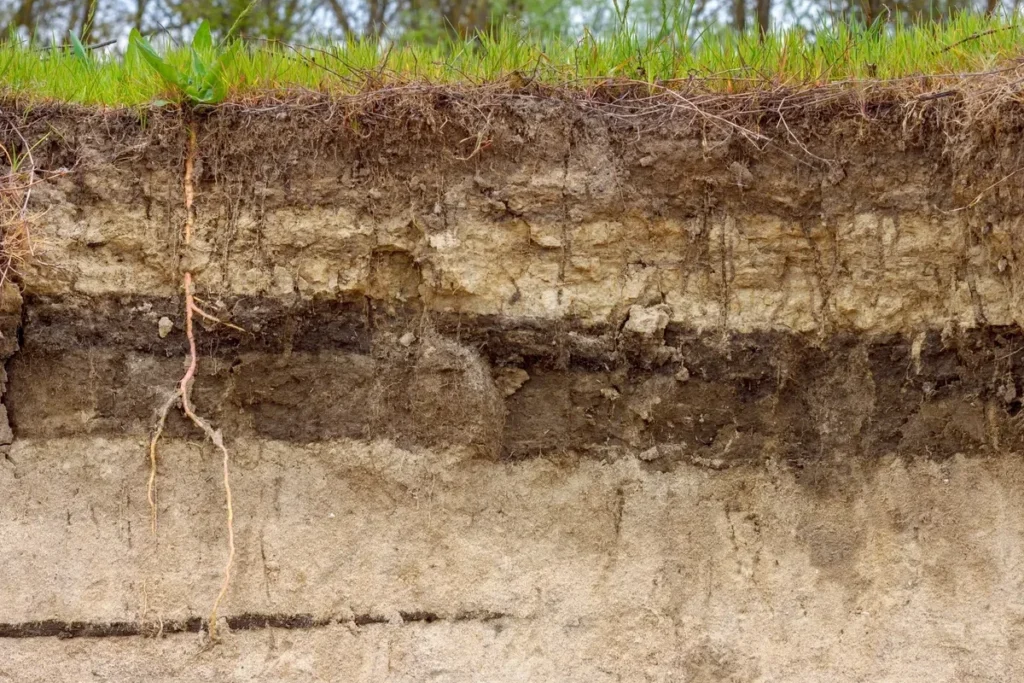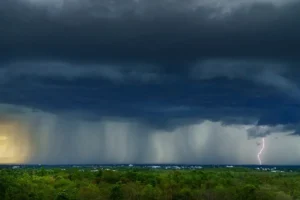Have you ever realized the importance of groundwater recharge? It plays a crucial role in sustaining ecosystems and life. It replenishes aquifers with water from surface water, precipitation, and various other sources. If water resource management matters to you, familiarize yourself with factors affecting groundwater recharge. As a result, you will be able to harness the potential of groundwater recharge for diverse applications.
These factors include the following:-
Human Activities and Extraction Practices
Anthropogenic activities are one of the factors affecting groundwater recharge. They include excessive groundwater pumping for domestic, industrial, and agricultural use, which leads to over-exploitation of aquifers and lower recharge rates. Sustainable groundwater management practices, such as the regulation of abstraction rates and the promotion of water conservation, are essential for maintaining the balance between extraction and recharge.
Topography and Land Slope
The topography and slope of the land surface influence the direction and speed of water movement. Areas having steeper slopes may experience runoff, reducing the time for water infiltration into the ground. On the contrary, gently or flat sloping landscapes allow water to infiltrate the soil and contribute to recharge. Involving topographical considerations in groundwater recharge is essential for effective management and accurate modeling.
Climate Variability and Change
Climate variability and long-term changes affect groundwater recharge considerably. Changes in evaporation rates, increasing temperatures, and changed precipitation patterns can impact the overall water balance. You need to understand how a change in climate influences recharge so that you can acclimate to water management strategies to have sustainable groundwater supplies in the face of evolving climatic conditions.
Surface Water Interactions
The interaction between surface water bodies, such as streams, lakes, and rivers, and groundwater is a critical factor that affects recharge. Recharge can occur through direct infiltration from the surface water bodies into the underlying aquifers. Moreover, groundwater discharge maintains base flow in water bodies and sustains aquatic ecosystems. Human activities, such as excessive groundwater pumping and dam construction, change these interactions, reducing recharge and affecting surface water availability.
Land Use and Land Cover Changes
Human activities, such as deforestation, agriculture, and urbanization, can alter the natural conditions that support groundwater recharge. Some urban areas that have impervious surfaces, such as buildings and roads, inhibit water infiltration, leading to increased surface runoff and reduced recharge. In the same way, changes in land cover, such as the transformation of forests into croplands, can disrupt the natural balance of groundwater recharge. Sustainable land management practices are essential for enhancing and maintaining recharge in human-altered landscapes.
Precipitation Patterns
Precipitation is the primary source of natural recharge. The distribution, intensity, and amount of rainfall directly influence groundwater recharge. Regions that are prone to high and consistent rainfall are likely to have more recharge, replenishing aquifers at a faster rate. On the other hand, semi-arid and arid regions may face challenges due to insufficient and infrequent precipitation. Changes in precipitation patterns, such as those associated with climate change, can have severe effects on groundwater recharge.
Hydrogeological and Geological Conditions
The hydrogeological and geological characteristics of an area impact groundwater recharge considerably. Permeable and porous geological formations, such as gravel and sand deposits, facilitate water infiltration into the surface. On the contrary, impermeable layers, such as rock or clay, can impede recharge by preventing water from infiltrating into the aquifer. Understanding the local geological conditions is crucial for managing and predicting groundwater recharge.
At Parjana℠ Engineering, we are dedicated to providing water management and consulting services that are integrative, innovative, and data-driven. We manage projects in diverse applications: city streets, agricultural land, large commercial development, and many more.
Briefly Put!
Groundwater recharge is a dynamic process influenced by a myriad of natural and human-induced factors. As populations grow and demands for water increase, understanding and managing these factors become paramount for ensuring the sustainability of groundwater resources. Adopting holistic approaches that consider geological, hydrogeological, climatic, and anthropogenic factors is essential for developing effective strategies to enhance groundwater recharge and preserve this invaluable natural resource for future generations.




